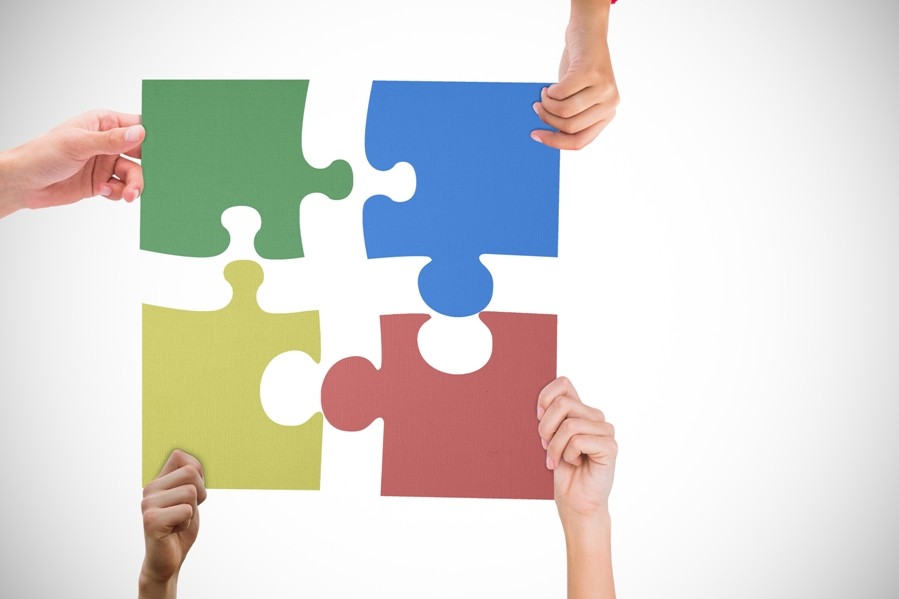Is a Diverse Team More Successful?
By: Together Abroad 03-04-2017
Categories:** HR Diversity Management,

According to the generally accepted findings on diversity, there are two types diversity:
- Surface level diversity, e.g. race, sex and age.
- Deep level diversity, e.g. personality traits, educational and functional background, values, general mental ability, emotional intelligence etc.
Research findings from Harrison (2013) explain that the influence of the perceived surface level diversity on a team’s performance diminishes within time, while the impact of the deep level diversity on a team’s performance grows. This is especiallytrue with high-performing, collaborative research teams,which consist of diverse members who are committed to common outcomes. But the interpersonal skills of team members (e.g. social sensitivity, emotional engagement) and team functioning (e.g. communication patterns) are also very important factors for the end performance of a diverse team (Cheruvelil et al., 2014).
Diversity can be effective in promoting team creativity, but the effectiveness depends on team members’ diversity beliefs and on the level of diversity present in the team. Depending on the task, educational and functional diversity can facilitate a team’s performance. Task conflict is likely to occur in cross-functional teams and such conflict may enhance performance. There is also a basis for expecting age variation to diminish emotional conflict. At the same time, race and tenure diversity may increase emotional conflict, especially in new groups with no routine tasks, but the effects of this surface level diversity can be diminished by time.
On every level in an organisation, if the work force has a similar background, the creative process that drives innovation and problem solving is similar. A new perspective that doesnot match this ‘group think’ is more likely to improve the business in a unique way.
Other literature reviews conclude that perceived self-to-team dissimilarity and perceived subgroup splits have been linked to negative effects for individuals and groups, whereas perceived group heterogeneity has been shown to exert both positive and negative effects on group outcomes. Similarly, other research suggests that cultural diversity leads to process losses through task conflict and decreased social integration, but to process gains through increased creativity and satisfaction.
In general, when making a diverse team, managers should be really careful in doing the analysis on the type of tasks of their teams, and evaluation of their performance. They shouldalso take into consideration the individual beliefs about diversity(both surface and deep level), as well as the personality traits and social skills,managers can then approach a selection of employees with different general mental abilities, backgrounds, nationalities, sex and other types of diversity.
Enriching an organisationwith different genders, races, and nationalities is key for boosting a company’s joint intellectual potential. Creating a more diverse workplace will help to keep team members’ biases in check and make them question their assumptions. At the same time, an organisation needs to have inclusive practices, so that everyone feels they can be heard. All of this can make teams smarter and, ultimately, make the organisation more successful, depending on its goals.
Sonja Vos Ralevska
Photo credit: Designed by Freepik